If any of you have ever seen a series of concentric rings of color near a mist or fog, then it’s very likely you have seen a glory. Yet, when it appears 640 light-years away on the hot gas giant planet where it likely rains molten iron, it is definitely a rare magical event.
More info:Astronomy & Astrophysics
Scientists have discovered an extraordinary phenomenon known as ‘glory’ in the atmosphere of the distant exoplanet WASP-76b
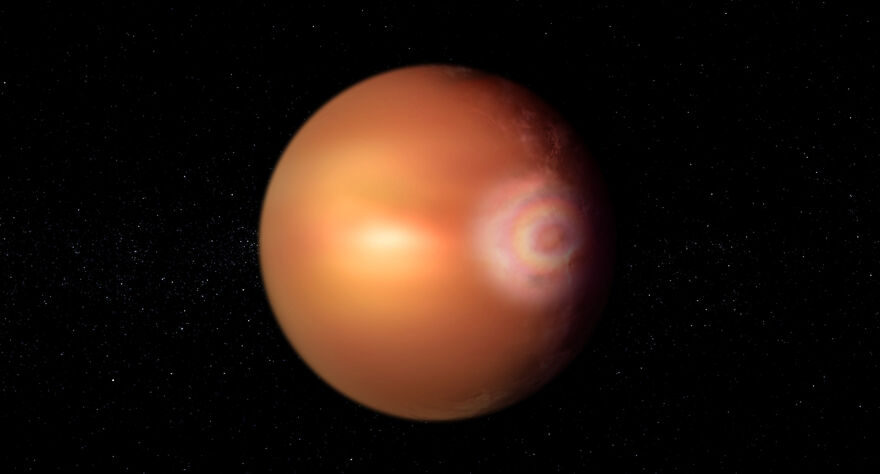
Image credits:ESA
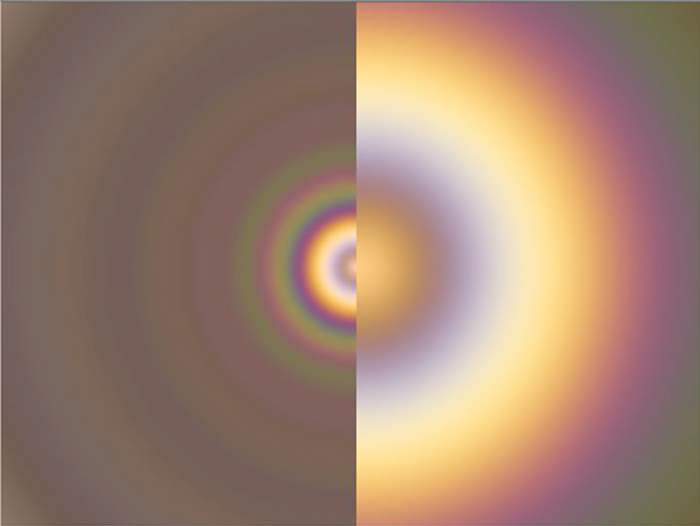
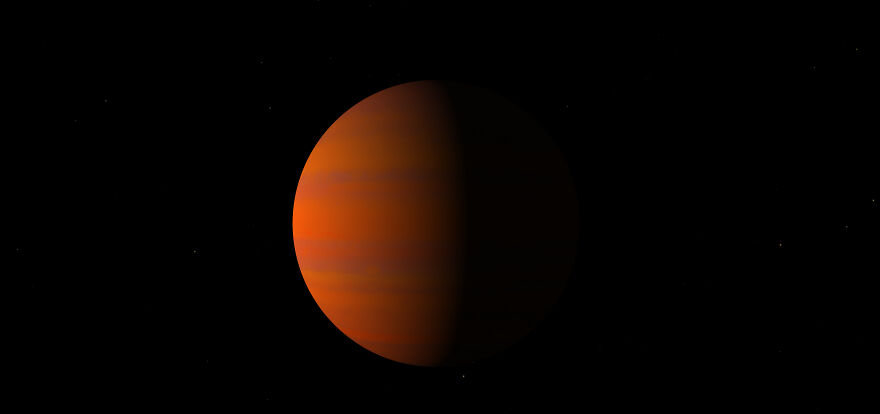
Image credits:NASA
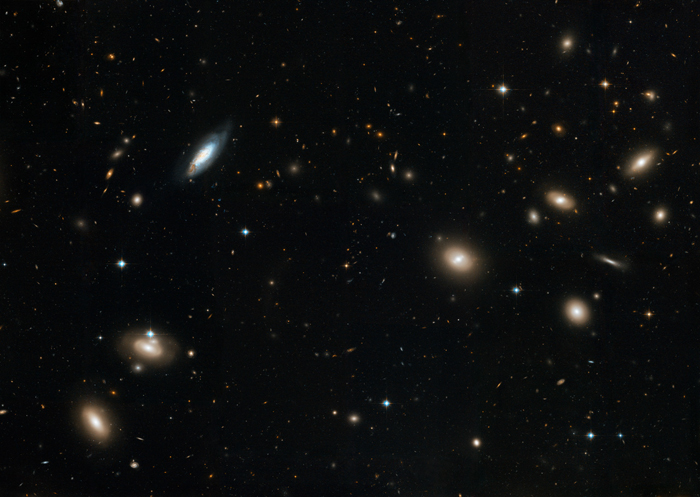
WASP-76b is anexoplanetclassified as a Hot Jupiter that is located in the constellation Pisces. It was first discovered on 21st of October in 2013 and is currently the only known planet in the WASP-76 system. Data collected from the Hubble and Spitzer Space Telescopes have provided evidence of titanium oxide and small amounts of water within the atmosphere of this giant exoplanet. It zips around its parent star once every 1.8 Earth days and is incredibly hot. Astronomers believe that its nightside has 2,370 degrees Fahrenheit (1,300 degrees Celsius), while temperatures on its dayside can reach even 4,350 F (2,400 C) – hot enough to vaporize many metals.
The lead author of the study Olivier Demangeon who’s an astronomer at theInstituto de Astrofísica e Ciências do Espaçoin Portugal, also shared his excitement: “It has taken some time to get here, with moments where I asked myself – ‘Why are you insisting on this? It might be better to do something else with your time.’ But when this feature appeared out of the data, it was such a special feeling – a particular satisfaction that doesn’t happen every day.”
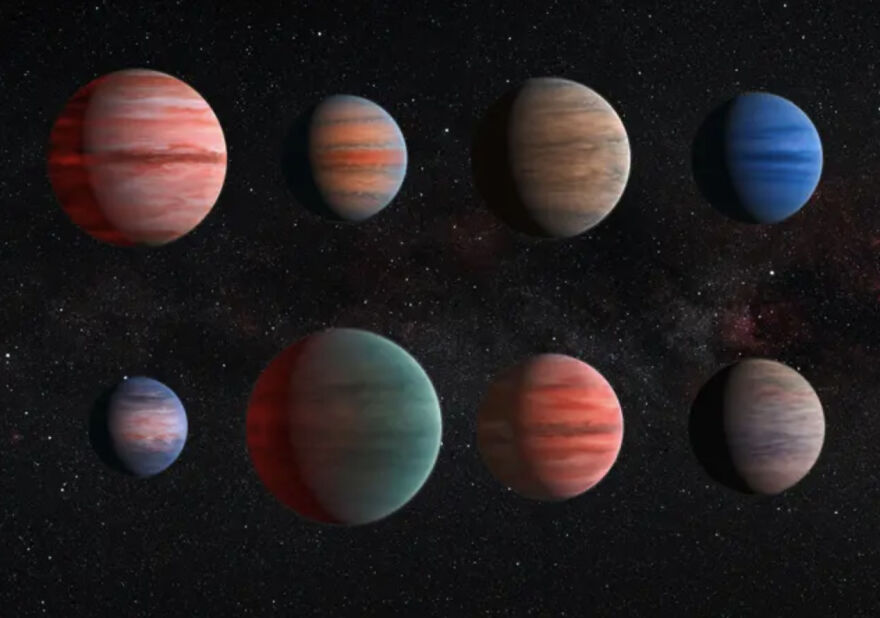

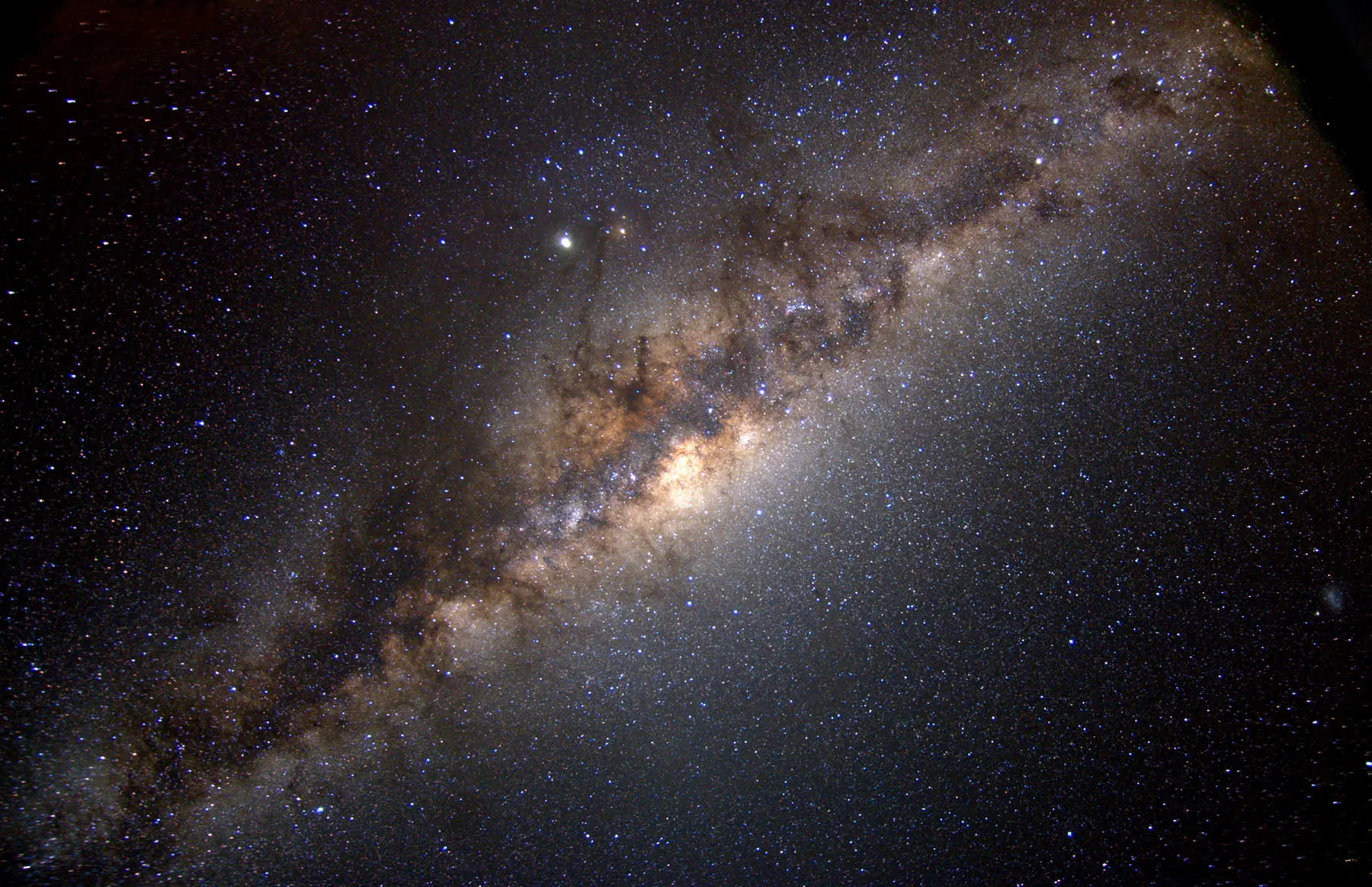

Image source:NASA
In the 1980s, NASA scientist Warren Wiscombe figured out that much of the light that forms a glory doesn’t actually pass through the droplets. He discovered that the main cause of a glory is a process called wave tunneling, in which sunlight passes near enough to a droplet to create electromagnetic waves within it. Those waves bounce around inside the droplet and eventually get out, sending out light rays that make up most of the glory that we see.Even until today, the glory phenomenon is still shrouded in someuncertainties on how exactly does it work.
Speaking about colorful mysteries, I would definitely recommend you take a glimpse into my previous article about Claudia de Rham’sgravitational rainbows. According to the scientist, if gravitons, hypothetical particles carrying gravity, have mass then rainbows could be spreading through the universe all the time.
The next steps now will be to use NASA’s James Webb Space Telescope to officially confirm that this is the ‘glory’ effect
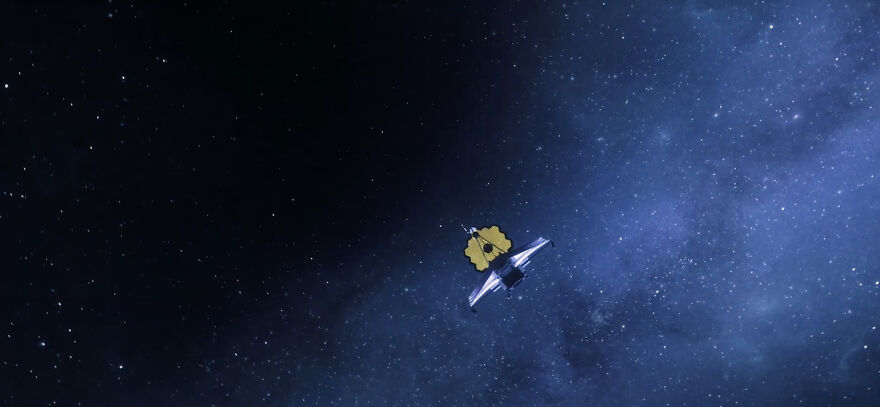
Image credits:Northrop Grumman
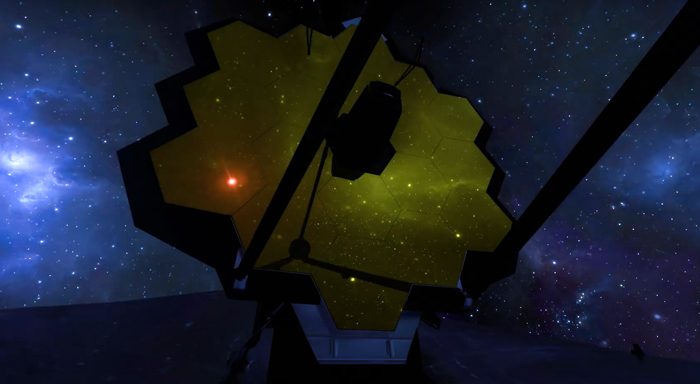
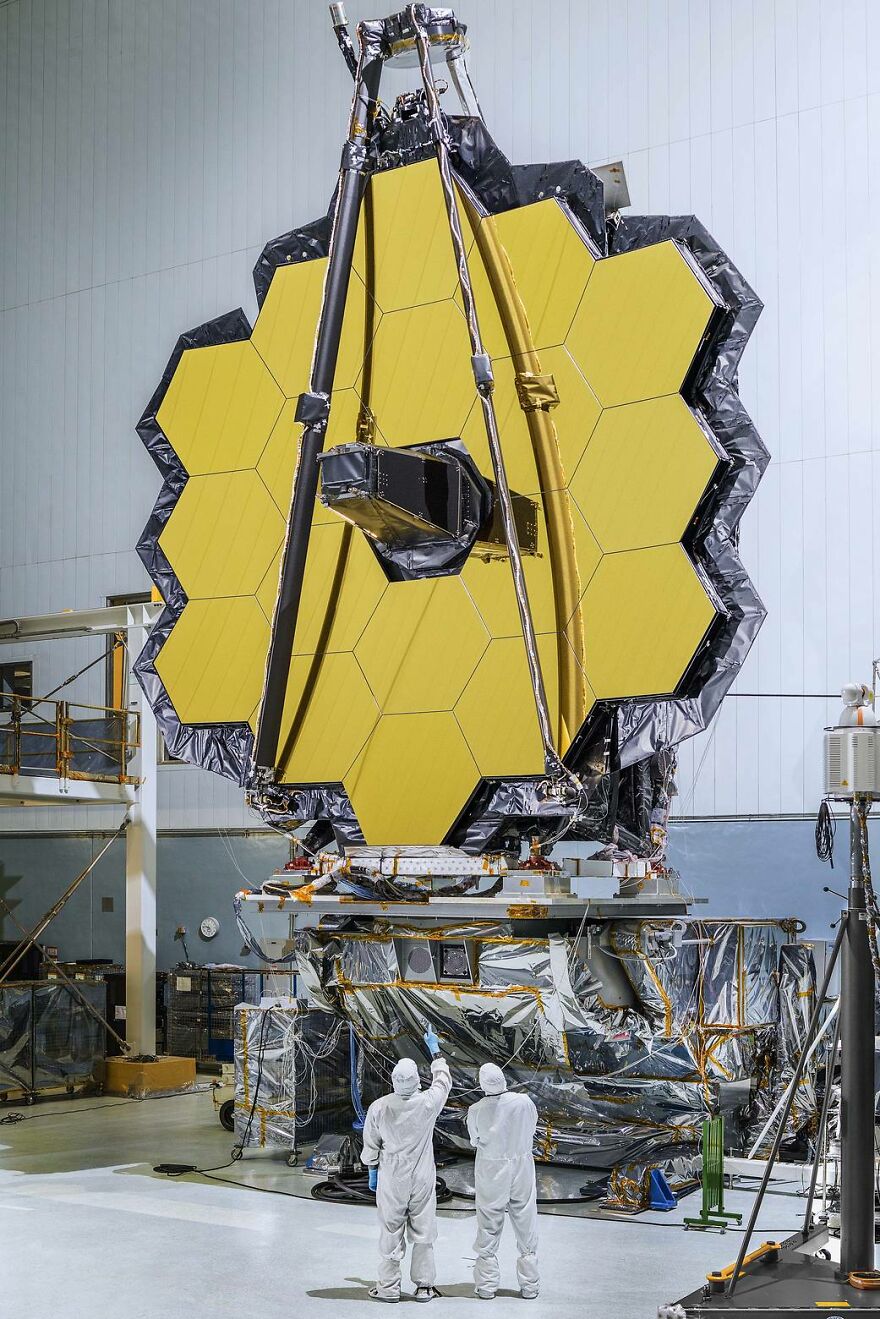
Being able to confirm the glory effect on WASP-76b would give information about the presence of clouds composed of perfectly spherical droplets that have persisted for at least 3 years or are being continuously replenished. The atmosphere’s temperature would also have to be stable over time for such clouds to be able to exist.
Theresa Lüftinger, Project Scientist for ESA’s upcoming Ariel mission, emphasized the importance of detecting glory: “Being able to detect such minute wonders so far away will teach scientists and engineers how to detect other hard-to-see but critical phenomena. For example, sunlight reflecting off liquid lakes andoceans– a requirement for habitability.”
For the remarkable study, scientists were analyzing data from various ESA and NASA missions, including TESS, Hubble and Spitzer. Demangeon mentioned that the next steps now would be to use NASA’sJames Webb Space Telescopeto officially confirm that this is the ‘glory’ effect:“Confirmation would imply that the temperature of WASP-76b’s atmosphere must be stable over time, enabling the presence of clouds made up of perfectly spherical water droplets crucial to glory formation.”
The new study claims it observed the rainbow-like ‘glory effect’ for the first time outside our solar system
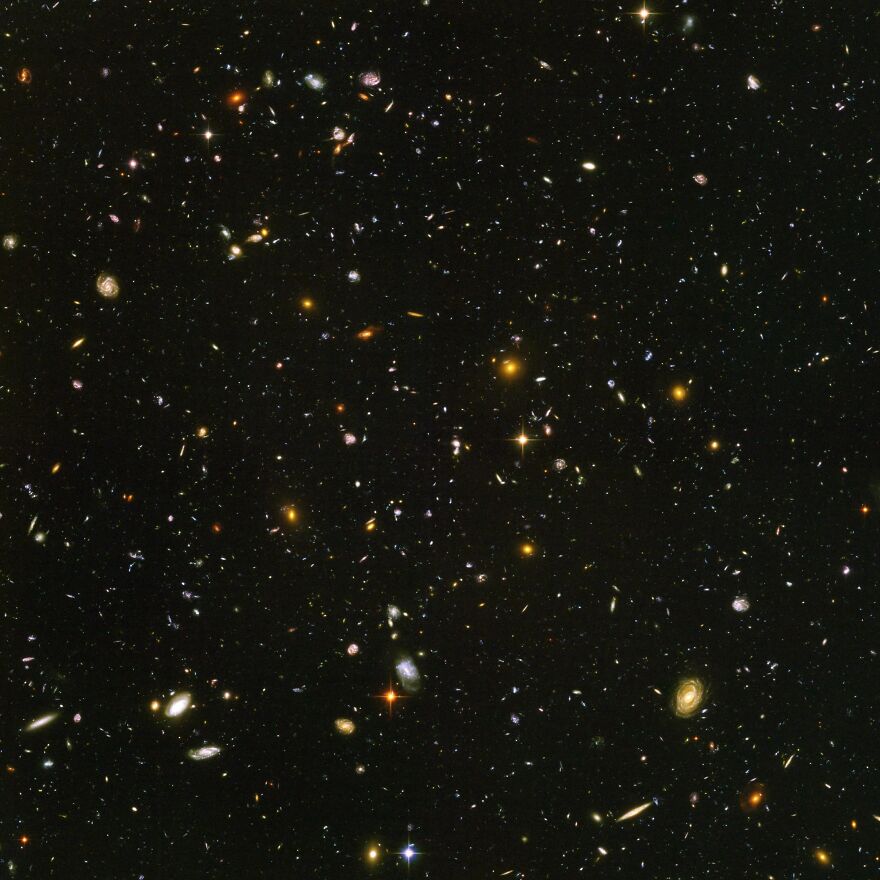
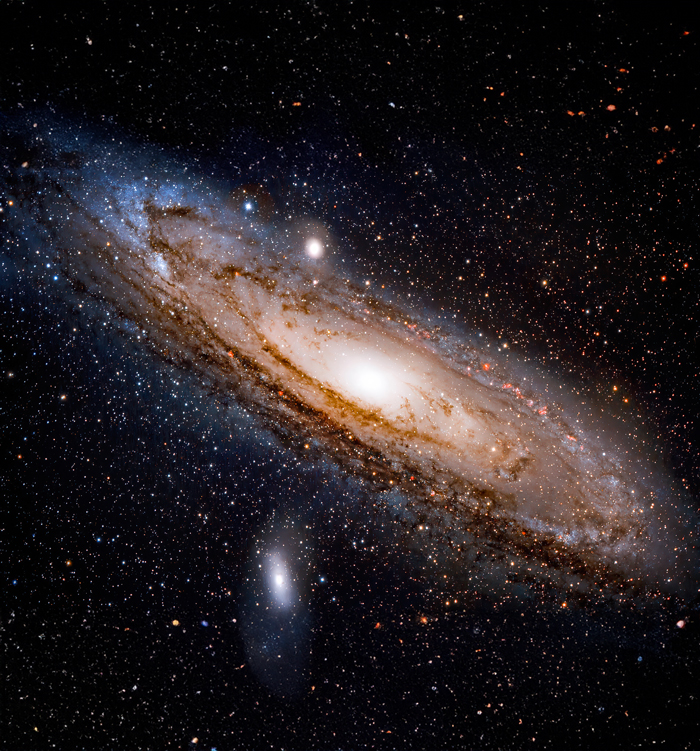
Image credits:David (Deddy) Dayag
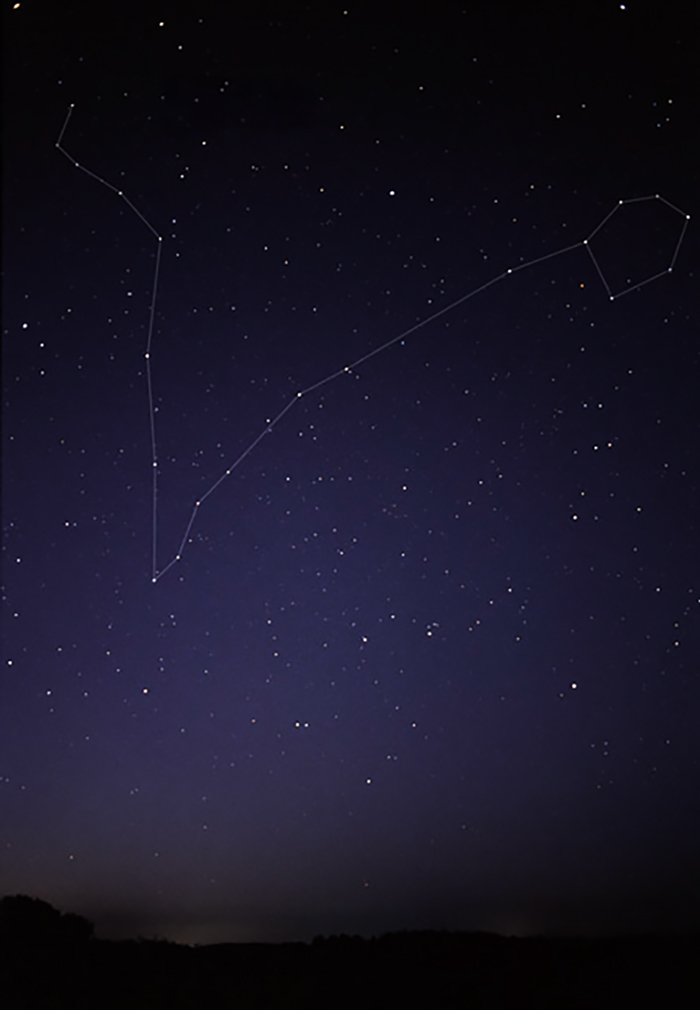
Image credits:Till Credner
While scientists are still working on the evidence for the glory effect on WASP-76b and the further observations, the discovery beautifully shows that even within intensely hot chaos, there are potential signs of amarvelousglory. I guess those who do believe in magic will always find it.
People shared their excitement about the glory rainbow on the distant planet



Thanks! Check out the results:
Science & Technology